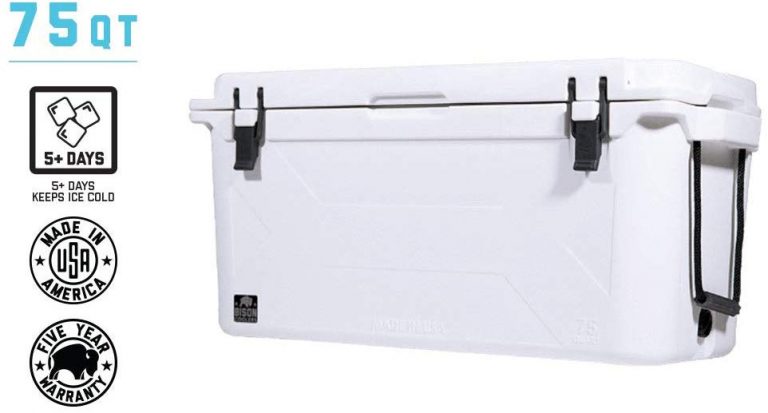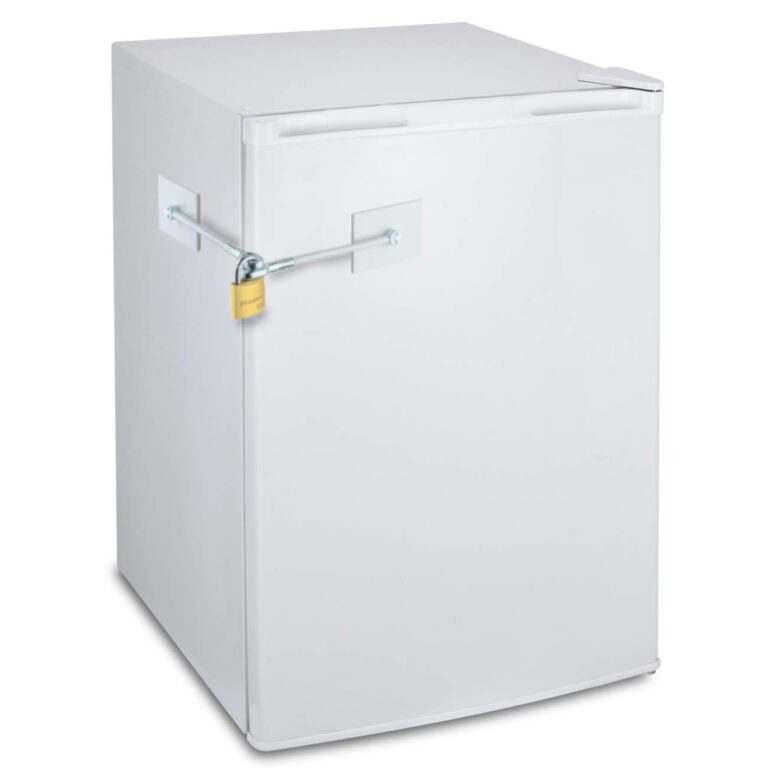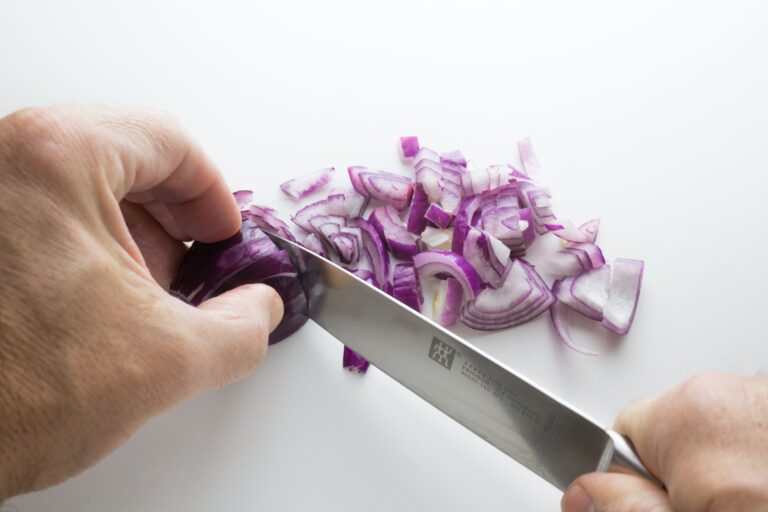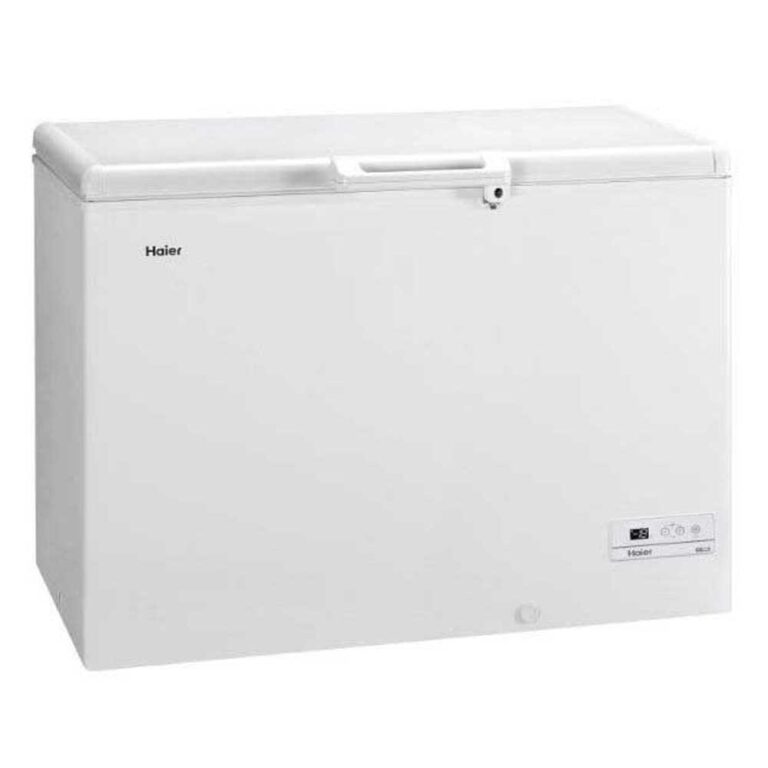Can Freezing Bread Prevent Mold?
Bread is an excellent and tasty dish that pairs well with other food. The growth of mold can be caused by the failure to store bread properly.
We’ve done extensive research to find out if freezing bread can help prevent mold.
It is possible to prevent mold with the freezing of bread. If it is put in the freezer, it will help reduce humidity and cause less mold growth.
To prevent mold from growing on bread, the optimal temperature in the freezer should be zero degrees Fahrenheit.
It might be difficult to control the growth and spread of mold on bread. Continue reading to find out how to freeze bread and stop mold from emerging.
We’ll also let you know about other relevant information to give you more insight into the topic.
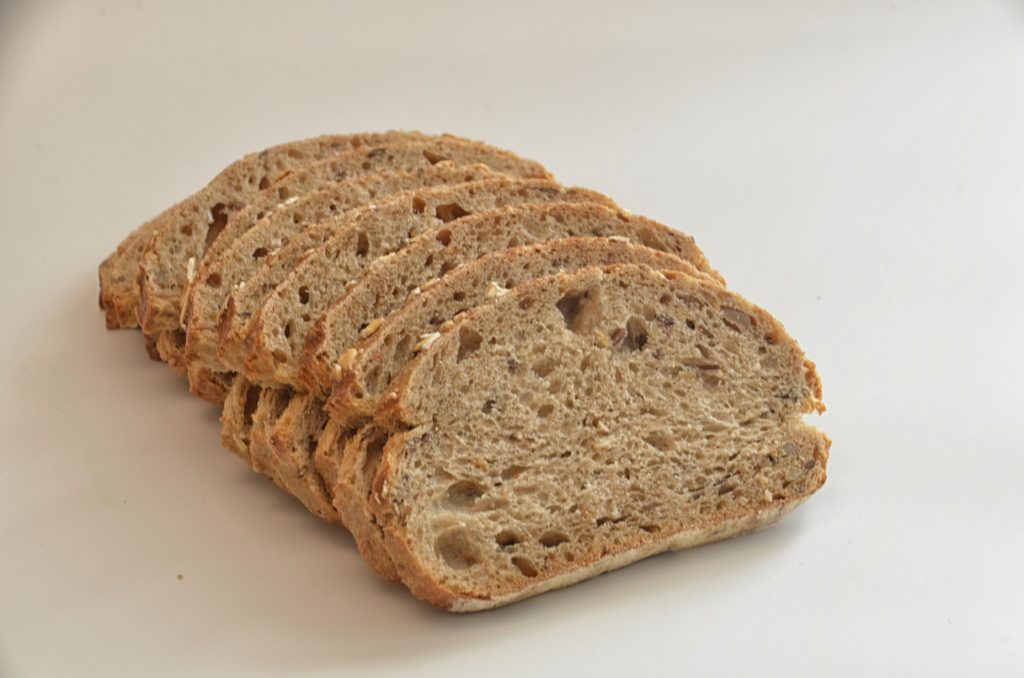
Table of Contents
Freezing Bread to Prevent Mold
A healthy diet can be brought about by the addition of bread.
According to the US Department of Agriculture, the total Carbohydrate content of 100g of commercially-prepared white bread is almost 50 grams.
A person with a 2,000 daily calories ceiling would need to eat at least five to six slices of bread per day to get the recommended amount of carbohydrates.
If mold grows on bread, that’s when those nutrients will be gone.
Keep in mind that mold will not be killed by cold temperatures. bread and other foods can be affected by mold spores if they are exposed to the elements.
There will be no harm to the human body when the individual spores are eaten. When mold grows, the problem increases significantly.
Reducing the growth and spread of mold can be accomplished by freezing bread at optimal temperatures.
The process must be done correctly to make sure mold does not mature on bread.
It is important to note that humidity plays a bigger role in preventing mold growth than temperature. If humidity levels are high, mold can still grow at a faster rate in the freezer.
How Can I Prevent Mold from Growing on Bread?
- The humidity levels should be kept low inside the freezer. Make sure the humidity doesn’t go over 50% by using a hygrometer or similar tool.
- It is recommended to defrost the freezer frequently. Excess hydration can be caused by ice build-up.
- The temperature in the freezer can be maintained at a stable 0-degree Fahrenheit.
- Like other plants, mold requires sunlight to thrive. Don’t leave bread outside for extended periods.
How Long Will It Take for Mold to Grow on Bread?
A 2006 report from the California State Science Fair shows the differences in mold growth speed between bread with and without Preservatives.
The study showed that bread with no Preservative had mold growing after six days. The bread that was Preservative took 27 days for mold to develop.
How To Store Bread So It Doesn’t Mold?
It’s possible to prevent mold when bread is kept at freezing temperatures.
By using other methods, it is possible to delay mold growth and spread. Let’s take a closer look at those options:
Bread Box
The right amount of air can keep the humidity at normal levels. It is not ideal to keep more than one loaf per bread box due to the tight space.
Large bread boxes can help promote better air circulation.
Brown Paper Bag
There are brown paper bags that can be used to keep hard-crusted bread.
The translucent material prevents sunlight from entering the bread. It’s possible to keep bread fresh for up to two days using this method.
Location Matters
The drawer and the kitchen cupboard are good places to store bread. It’s a good idea to avoid places that are near the dishwasher because they can become a catalyst to mold.
Is It Possible To Freeze Bread Starting to Mold to Make It Safe?
Even if the fungi haven’t spread fully, it’s best to throw away bread that has mold on it.
It will increase the risks of health issues, such as asthma attacks and allergic reactions if mold is present in the food. Put the bread in a paper bag and discard it, instead of freezing it.
Children and wild animals cannot get spoiled food so it should be placed in a covered trash bin.
Why does Mold grow on Bread?
Mold can land on bread at a moment’s notice. There won’t be harm to the human body if you ingest a small amount of this substance.
Keeping food fresh and avoiding health issues are important to stopping mold growth. bread is seen as a food source for sustenance by this fungus.
It’s because bread is high in sugar when broken down. These sugars are important for the growth of mold.
If the bread is in a cool, dark place that isn’t humid, it will be hard for the spores to develop.
What Kills Bread Mold?
The best way to kill bread mold is by toasting bread.
Allowing bread to bask in temperatures of around 140 to 160 degrees Fahrenheit (60 to 70 degrees Celsius) should be enough to kill the fungi.
There is a chance that mold’s poison will remain in the bread. If mold is growing on the bread, it is a good idea to throw it away.
Best Way to Freeze Store-Bought Bread
- The loaf of bread should be cut into individual slices.
- Wrap the loaf with aluminum foil or plastic.
- Everything should be placed in a tightly sealed bag.
- Put the bag in the freezer.
If you don’t want to eat the whole loaf, slicing will make it easier to take each slice.
The tight seal of the bag will help prevent the development of mold, which would otherwise occur.
Bread can be kept in the freezer for up to three months without any signs of mold growth. Individual slices could be put into separate wraps and bags.
Saving time and effort in removing the food from the freezer can be accomplished by doing so.
How To Make Homemade Bread Last Longer?
Because of the lack of Preservatives, homemade bread lasts longer than commercially-made bread. There is still a chance to increase the longevity of the dish.
The first thing to do is to choose the ingredients wisely. Some bread recipes contain elements that are rich in fat, which can act as minor preservatives.
To keep homemade bread fresh for extended periods, use ingredients like butter, eggs, and organic oil.
Before storing freshly-baked homemade bread in the freezer, let it cool at room temperature first.
When the bread is put in the freezer after it’s been out of the oven, it doesn’t stay fresh very long.
It’s a good idea to slice the bread before putting it in a container. The air circulates better within each slice and the humidity stays the same.
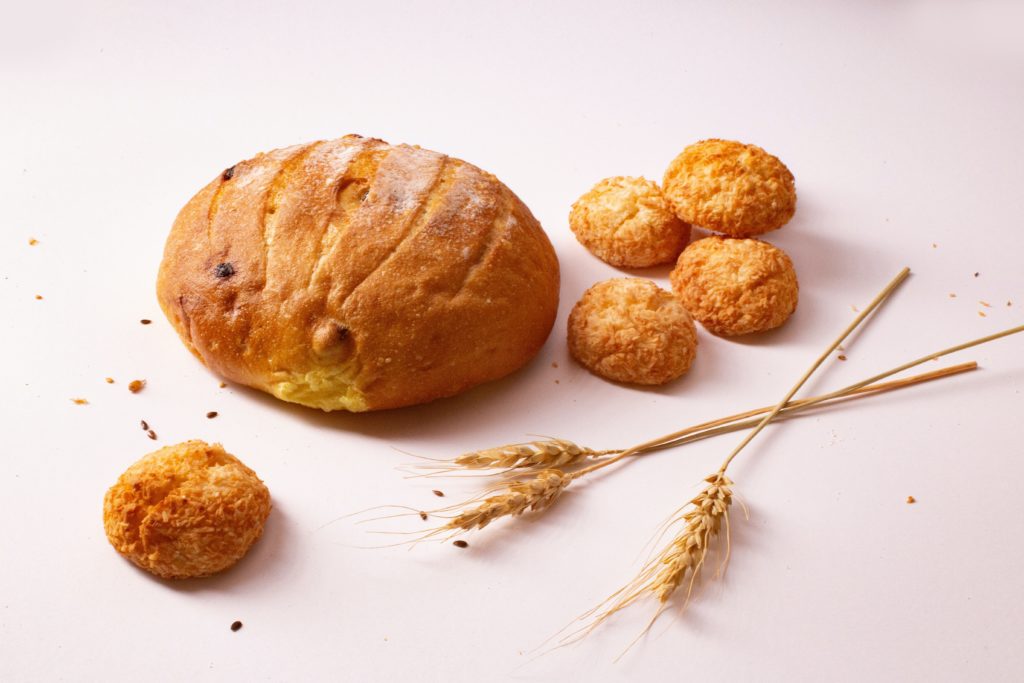
Conclusion
It is possible to prevent mold and keep bread fresh for extended periods by putting it inside the freezer.
It’s important to make sure that the appliance has the right humidity and temperature levels. There is a chance that mold can still grow and spread on the bread.
It’s a good idea to clean and thaw the freezer to make it less likely that mold will develop.

Foodie and a passionate cook, I am here to share all of what I know about cooking, kitchen, and food prepping.
Follow me for delicious and healthy recipes.



